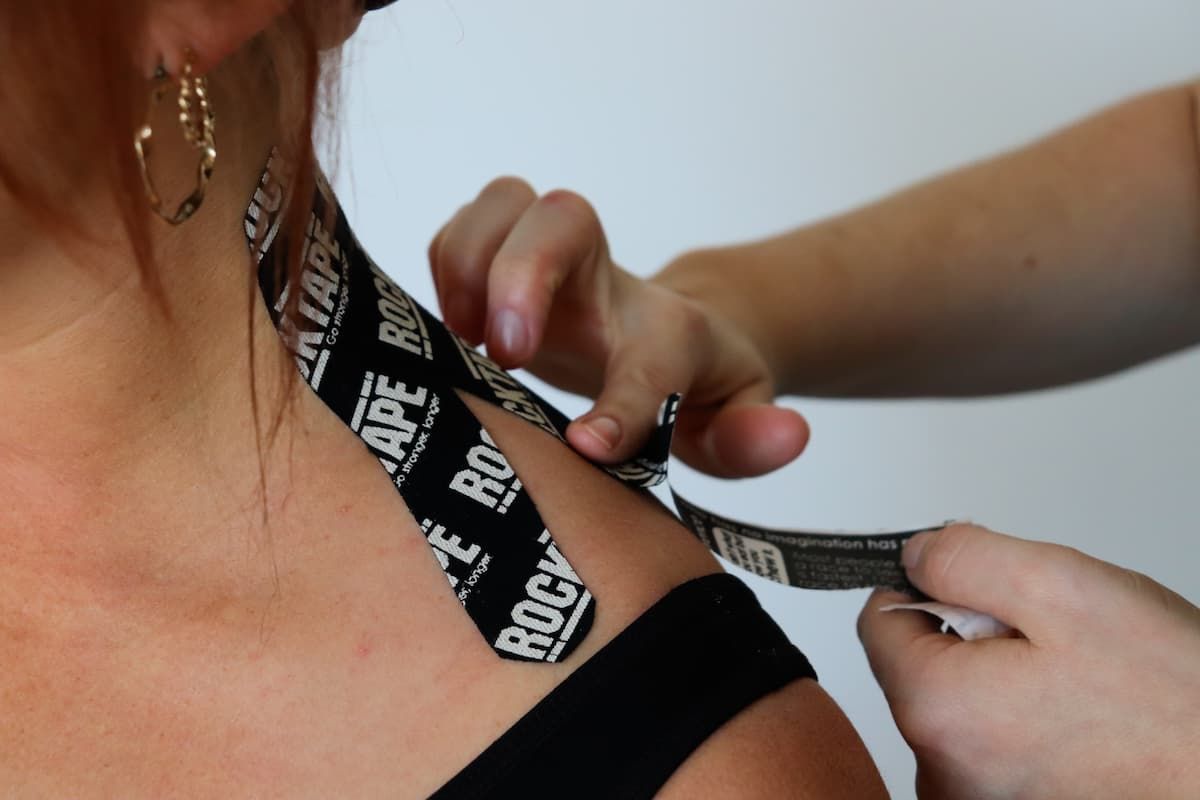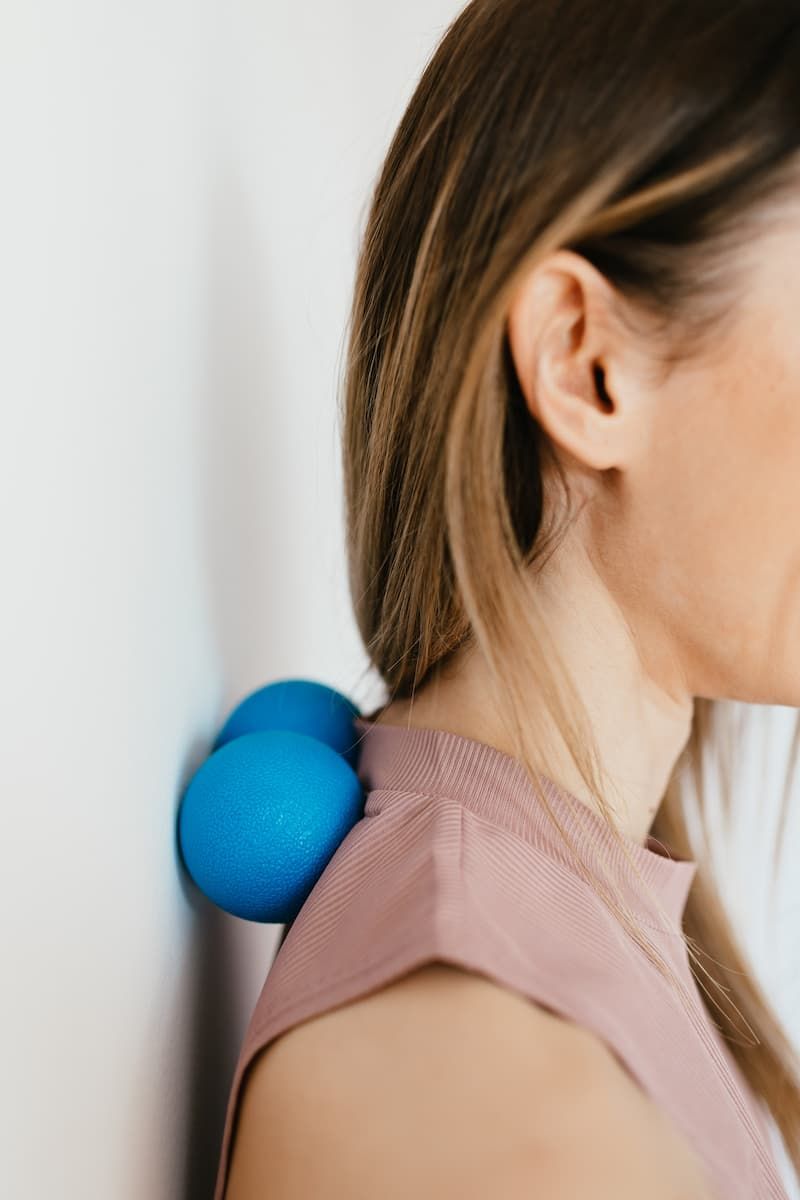Myotherapy
Focus: Body & Mind

Myotherapy is not a new modality in the world of therapies, but it is often a new term for those who are not a huge part of the healthcare or fitness industries. The definition of Myotherapy is not well defined or established when comparing across the board. To put simply, the definition of Myotherapy when broken down means: muscle therapy; muscle therapist; muscle specialist (Myo = muscle).
Myotherapy was once known as (and more accurately depicted as) a Musculoskeletal therapist. This paints a more realistic picture of what a Myotherapist is; as a Myotherapist does not just work on the muscles in the body, but all other surrounding tissues that may have effect on the muscles; from digestive organs, to bones, to soft-tissue that make-up the joints
For a Myotherapist, the goal is not to look at muscle dysfunction alone, but at other surrounding components of the mind and physical body that can be an additional aspect to an individuals pain or dysfunction (i.e. a holistic view). In comparison to Remedial Massage Therapy, Myotherapy will not only remedy the pain, but look deeper into the causation of the clients initial pain or dysfunction.
Remedial Massage Therapy alone, is designed to remedy the pain in the physical body. It is predominantly massage-based and hands-on as a therapy. Shannon has experience in both Remedial Massage and Myotherapy, but her default will always be to look at the body from a Myotherapists perspective if not instructed otherwise. With all that said, our practitoner is happy to work with you for Remedial Massage if this is your preference over Myotherapy (or vice versa).


Myotherapy Focus Treatments and Add-ons: These are the tools and focuses that can be incorporated into a Myotherapy session. This is at no extra cost, but is worth mentioning if you want an add-on during, or in some cases, before the treatment session.
Add-ons:
- Lymphatic drainage: Helpful in assisting healing of lymphatics. Useful where swelling, acute injuries and water retention is present. Please book 60+ minutes for this treatment as it is a very slow and gentle process.
- Skeletal and joint mobilisations: Helpful where stiffness and/or immobility is felt.
- Cupping: Used for a detoxification of soft tissues such as muscle, fascia, tendons, organs. Also used for reduced pain perception and/or an alternative to remedy sore muscles where deep-pressure is not tolerable.
- Digestive system treatment: An abdomen-focused session. Useful where mild organ inflammation or disruption is present.
- Respiratory decongestion treatment: Looking at respiratory muscle-patterns, and cranial patterns, and treating to encourage release of respiratory congestion.
- Myo-fascial work and associated kinesiology taping (KT): Useful where cross-chain, front to back, or side to side imbalances in the body need addressing
- Trigger-point dry needling: Used to address trigger points and areas of tension within a muscle where other treatment techniques are not as successful, or too painful (e.g. application of pressure on the muscle is not accessible, or not wanted).
- Home Exercise Programs (HEP) and Home-care advice: These are prescribed ake-home advice, after-treatment care and exercises to help either sustain a functional state of being in the body, or at least to avoid decline between Myotherapy sessions.
- Pilates (Matwork 1:1): Shannon is also trained in Matwork Pilates, and is a big advocate for the philosophy behing Pilates. For this reason she tends to incorporate the exercises and philosophy of Pilates into your HEP and Home-care advice.
Please note: All Myotherapy add-ons are incorporated at no extra cost.